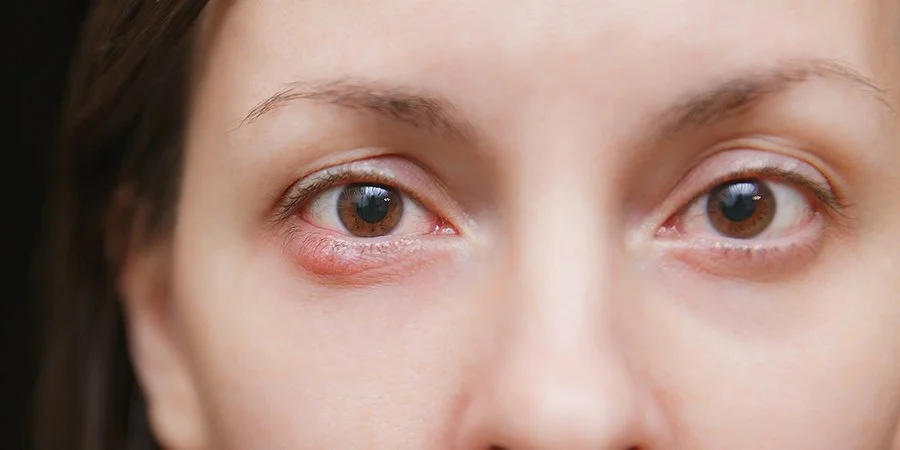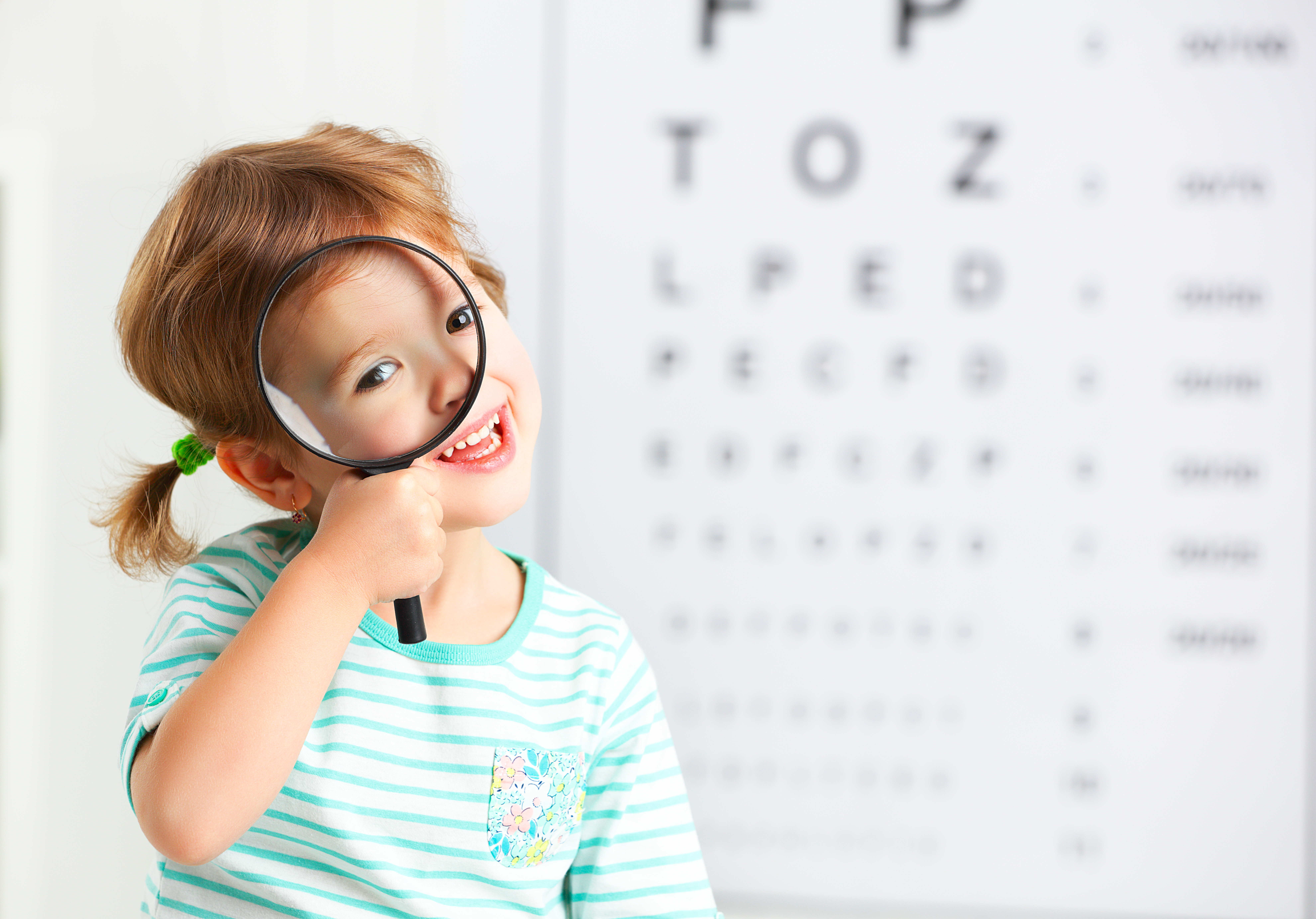What is a chalazion? Is it serious?

A chalazion is similar to a stye. It is a bump the can be present on either eyelid. Its size ranges from small to very large. The glands that are present in the eyelids, called Meibomian glands, normally secrete oil that prevents the evaporation of tears from our tear film. When these glands become clogged, a bump can form. The surrounding oil can irritate the surrounding skin, causing inflammation.
Symptoms of a chalazion
- Painless bump or lump in the upper eyelid or, less frequently, in the lower eyelid.
- Caused by a thickening of the fluid in the oil (meibomian) glands of the eyelid.
- Tearing and mild irritation may result as the obstructed glands are needed for healthy tears.
- Blurred vision, if the chalazion is large enough to press against the eyeball.
- More common in adults than children; most frequently occurs in people ages 30-50.
- Typically disappears without treatment within several weeks to a month, although they often recur.
There is a difference between a stye and a chalazion. Most styes are caused by a bacterial infection and are acutely painful. Chalazia are not typically infectious and are more chronic.
Treatment for a chalazion
Most chalazions require minimal medical treatment and clear up on their own in a few weeks to a month.
- Apply warm compresses to the eyelid for 10 to 15 minutes, 4 to 6 times a day for several days. The warm compresses may help soften the hardened oil that is blocking the ducts and allow drainage and healing. Create a warm compress by dipping a clean, soft cloth in warm water and then wringing it out. Remoisten the cloth frequently to keep it wet and warm.
- Gently massage the external eyelids several minutes each day to help promote drainage.
- Once the chalazion drains on its own, keep the area clean, and keep hands away from the eyes. If the chalazion does not drain and heal within a month, contact a doctor of optometry.
Again, do not attempt to squeeze or “pop” the chalazion, as it may inadvertently cause more damage.
If the chalazion does not go away after several weeks, it may require medical treatment, which may include an incision to drain or an injection of steroids to reduce the inflammation and swelling. If a chalazion is very large or persistent, surgery can be performed to drain the chalazion. This procedure can be done under local anesthesia. In children, it is often done under general anesthesia. Surgery does not prevent chalazion from returning. If a patient is predisposed to chalazia, it is important to prophylactically use warm compresses and lids scrubs to prevent recurrence.
If you are concerned you may have a stye or chalazion, please Contact SightMD today to schedule an appointment with one of our doctors.


